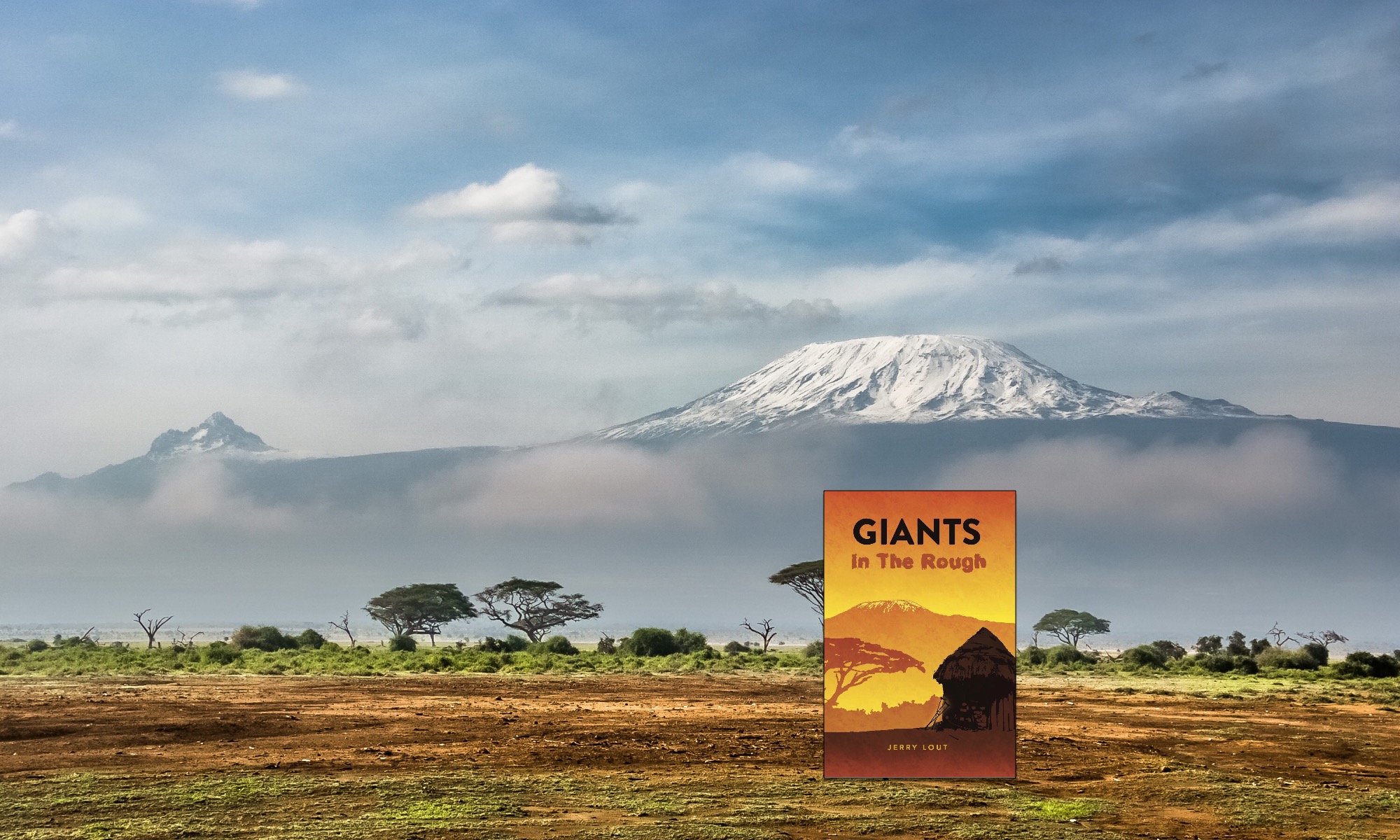The shock was mildly traumatic for a seven-year-old on that March morning. A gaggle of elementary children, rushing toward a handful of their unsuspecting classmates – myself included.
Their eyes flashed in fiendish glee – small hands stretched forward – as they rushed our direction. Too late we discovered that our necks and arms were the targets. The thumbs and forefingers of these young assailants had been poised to strike any person in their line of vision whose garment did not display the color green.
The inevitable pinch followed. “Ouch!”
That morning at Wilson Grade School I got rudely introduced to a curious thing called Saint Patrick’s Day.
To the surprise of many (leprechaun folklore and emerald-tinted beer aside), the ancient account of our authentic Saint Pat of history yields up elements of intrigue. Patrick’s life rallies the imagination, stirs the heart. it inspires.
Saint Patrick was not himself Irish.
The 16-year-old of fourth-century Britain was kidnapped and whisked off to Ireland by a band of marauding invaders. Sold into slavery he labored for years as a herdsman. In prayer he turned to Christ. Going forward, the spiritual discipline of prayer marked this pilgrim forever.
The pages of Patrick’s autobiography, Confessions, disclose a surprising turn of events lying ahead for this shepherd-boy slave. A dream came to him one night. In the dream, a voice spoke to him,
“Soon you will be returning to your own country”. What could this mean?
©2025 Jerry Lout


